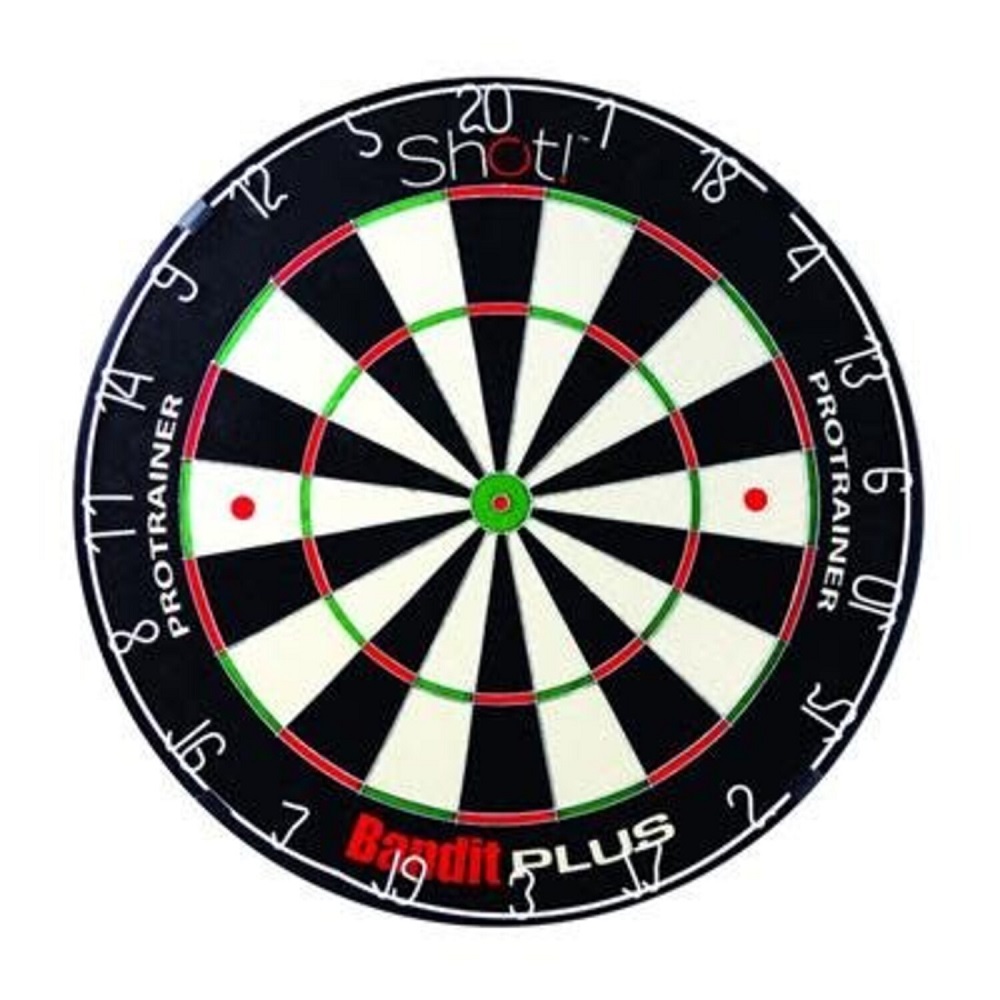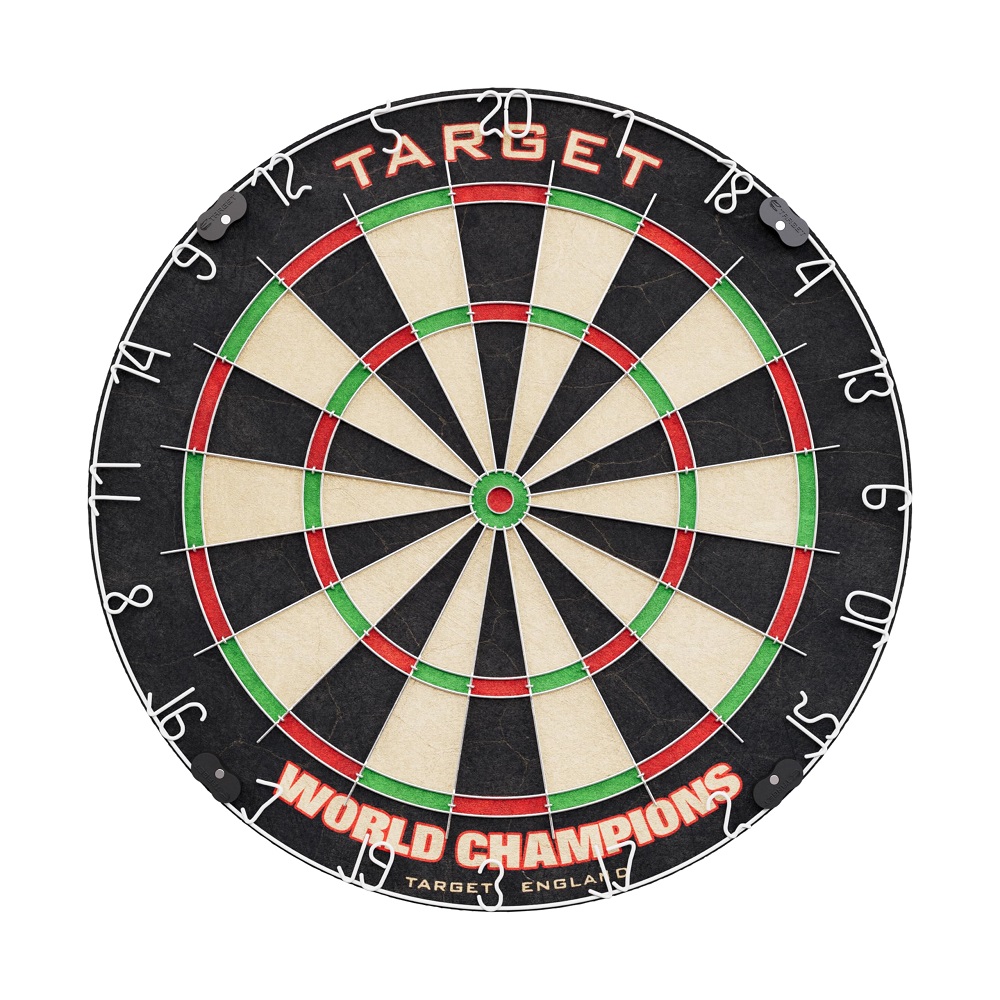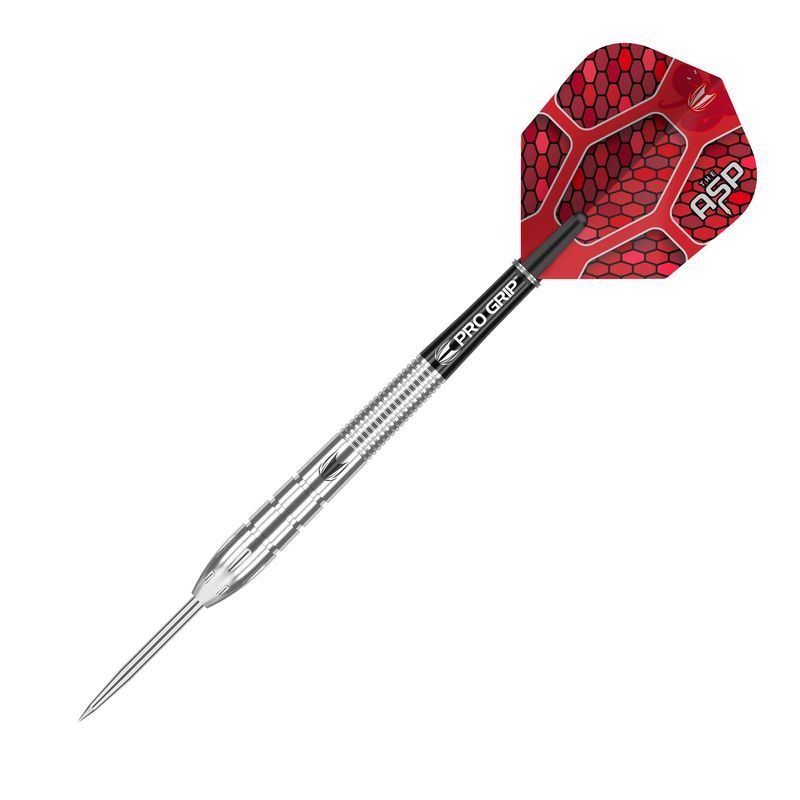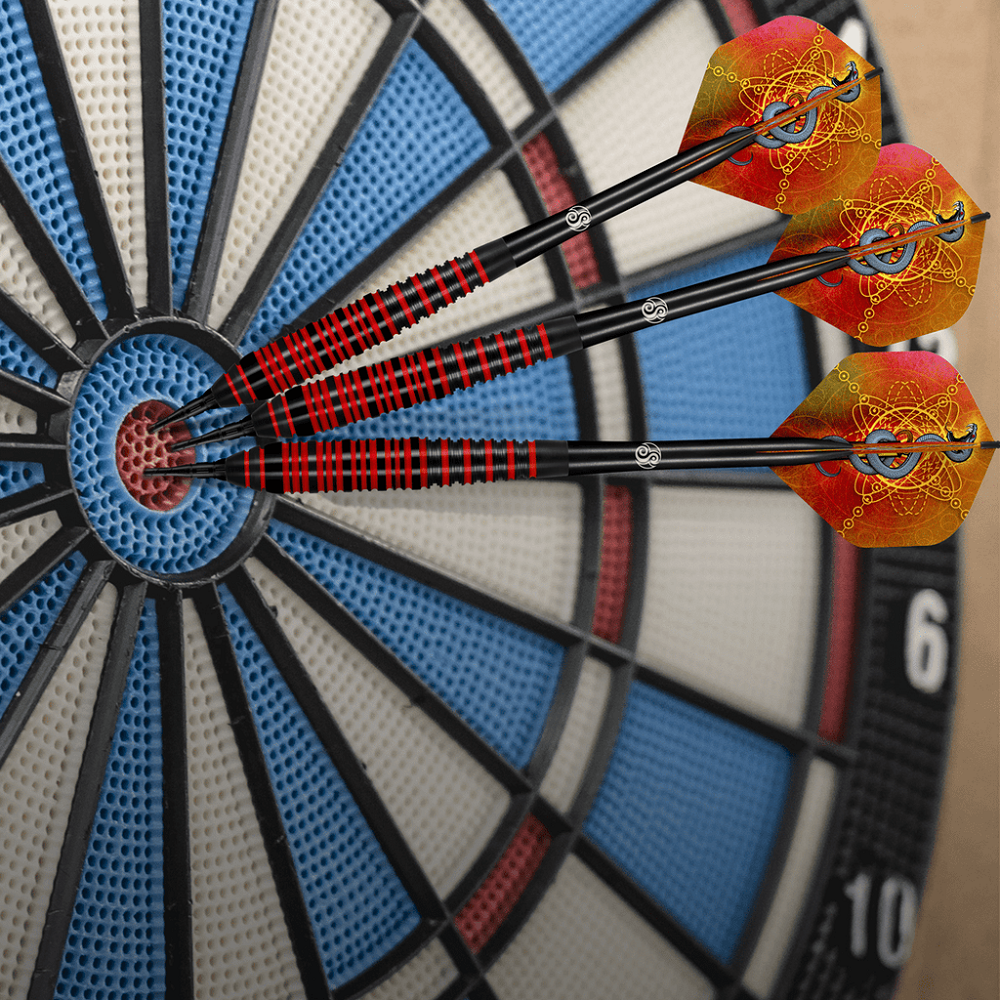Darts is a thrilling game that combines skill, strategy, and a bit of luck. Whether you play for fun at home or compete seriously in leagues, mastering the fundamentals of dart throwing can greatly enhance your performance. This guide will take you through everything you need to know how to throw darts like a pro, from grip and stance to technique and practice routines.
Understanding the Basics of Darts
History of the Game
Darts has a rich history that dates back to at least the 15th century. Initially, the game originated as a pastime for soldiers in England, where they would toss small, sharpened objects at the bottom of wine barrels. As the game evolved, more structured rules were established, leading to the modern dartboards and competitions we know today.
The game is played in various formats, but the most popular version is called “501.” In this format, each player starts with a score of 501 and aims to reduce their score to zero, finishing with a double. This format combines strategy and skill, making it both challenging and exciting. Understanding the game’s history adds context and enriches your appreciation of darts.
Equipment Needed
To begin throwing darts, you need a few essential items. The most obvious is a set of darts. Darts come in various weights, shapes, and materials, typically weighing between 16 and 30 grams. Choosing a weight that feels comfortable in your hand is crucial.
Next, you’ll need a dartboard. There are two main types: bristle boards and electronic boards. Bristle boards are more common in professional settings, while electronic boards can provide fun features like scorekeeping and sound effects. Whichever type you choose, ensure it is of good quality so that it can withstand regular use.

Setting Up Your Dart Area
Creating the Perfect Space
Having a dedicated space for throw darts is essential for serious practice. Whether you have a game room, basement, or designated wall space, make sure the area is free from distractions. Lighting is also important. Ensure that the space is well-lit to help you focus on your aim.
Standard dartboard height is 5 feet 8 inches from the floor to the center of the bullseye. Additionally, the throwing line, known as the “oche,” should be 7 feet 9.25 inches from the front of the board. Mark the oche with tape or chalk for easy reference. Creating a designated space encourages you to practice regularly.
Organizing Your Equipment
Keep your darts and accessories organized. Use a dart case or holder to protect your darts from damage. You may also want to invest in extra flights, shafts, and tips so that you can easily replace damaged parts. A clutter-free environment fosters better concentration and performance.
Make sure your dartboard is hung securely on the wall. If using a bristle board, consider adding a backing board to protect your walls. This setup enhances your dart-throwing experience, allowing you to focus on improving your skills.
Mastering Your Grip
Finding the Right Grip
The grip is one of the most critical components of throw darts effectively. A proper grip allows for better control and accuracy. Hold the dart lightly but firmly, using two or three fingers. Your thumb and index finger typically form the primary hold, while the middle finger provides stability.
To find your ideal grip, experiment with different finger placements. Some players prefer gripping the dart closer to the tip, while others hold it further back. The key is to feel comfortable and confident. A relaxed grip will help your arm move smoothly and reduce tension during your throw.
Consistency in Grip
Consistency is essential in throwing darts effectively. Once you’ve found a grip that works for you, practice using it regularly. Each time you throw, ensure that your grip remains the same. Consistency leads to muscle memory, improving your overall accuracy over time.
As you practice, pay attention to how your grip affects your throws. Adjustments may be necessary as you refine your technique. Keeping notes on what works and what doesn’t can help you identify areas for improvement.

Perfecting Your Stance and Aim
Establishing Your Stance
A solid stance sets the foundation for a successful throw. Stand with your feet shoulder-width apart, with one foot slightly forward. The foot opposite your throwing hand should be in front, aligning with your target. This positioning creates a stable base and balances your weight.
Distributing your weight evenly helps maintain your balance throughout your throw. Your stance should feel comfortable and natural to you. Experiment with slight adjustments to find a position that feels stable yet allows for movement.
Aiming Techniques
Aiming accurately is crucial for hitting your target consistently. Focus on the area of the dartboard you wish to hit, whether that’s the bullseye or a specific segment. Keep your head still and your eyes focused on the target as you prepare to throw.
Many players use a technique known as “sighting.” This involves aligning your dart with the target using your throwing arm. Visualize the dart traveling from your hand to the chosen target, enhancing your focus and accuracy during the throw.
The Throwing Motion: Technique Matters
The Mechanics of Throwing
The actual throwing motion involves a combination of arm movement and wrist action. Start by raising your throwing arm, positioning the dart near your eye level. Your elbow should remain stable and locked in place while your forearm moves forward. The forward flick of your wrist adds necessary power and spin to the dart.
Coordination is key. Ensure your arm, wrist, and fingers work together for a fluid motion. A common mistake is to overexert during the throw, resulting in erratic flights. Practice making controlled, smooth motions to enhance your accuracy.
Follow Through
The follow-through is just as important as the action of throwing. After releasing the dart, continue the motion of your arm forward. Your wrist should remain flexible, and your eyes should remain on the target. This extension helps ensure that the dart travels straight and does not veer off course.
Incorporating follow-through practice into your routine will help solidify this essential aspect of dart throwing. Much like golfers or baseball players, having a consistent follow-through can significantly improve your chances of hitting your intended target.

Practice Makes Perfect
Creating a Practice Routine
How to throw darts like a pro, developing a consistent practice routine is essential. Schedule regular practice sessions, ideally several times per week. Focus on different aspects of your game during each session. For instance, dedicate one session to improving your aim and another to refining your technique.
Set specific goals for each practice session. For example, challenge yourself to hit a particular score or achieve a specific number of bullseyes. Tracking your progress will help you stay motivated and identify areas that need improvement.
Playing Games and Drills
Incorporating games and drills into your practice can enhance your skills while keeping things fun. Popular games like “501,” “Cricket,” or “Around the World” create competitive scenarios that mimic real-game situations. Regularly playing games can improve your accuracy and strategic thinking.
Additionally, consider practicing throws from various distances. This will not only increase your comfort with the dart but also prepare you for different scenarios in a real match.
Staying Mentally Prepared
The Mental Game
Darts is not just about physical skill; mental preparation is equally crucial. Staying calm and composed can significantly impact your performance. Before taking a shot, take a brief moment to focus your thoughts. Visualize your target and the path the dart will take.
There is a psychological aspect to competitive dart play. The pressure of competition can interfere with concentration. Developing techniques to manage stress, such as deep breathing and positive visualization, can help you maintain focus under pressure.
Confidence in Your Skills
Confidence plays a critical role in your overall performance. Trust in your practice and techniques. Remind yourself of your skills and preparation when facing challenges. As you become more comfortable with your game, your confidence will naturally increase.
Remember that even experienced players face ups and downs. Consistent practice and respect for the game will cultivate resilience. Embrace both victories and setbacks as part of your journey in mastering the art of throw darts.
In conclusion, how to throw darts like a pro requires a combination of skill, practice, and mental fortitude. From mastering your grip and stance to refining your technique and maintaining confidence, following this guide will set you on the path to improving your game. Remember, the more you practice, the more natural and enjoyable the game will become. So gather your darts, set up your board, and get ready to hit those bullseyes! Happy throwing!
